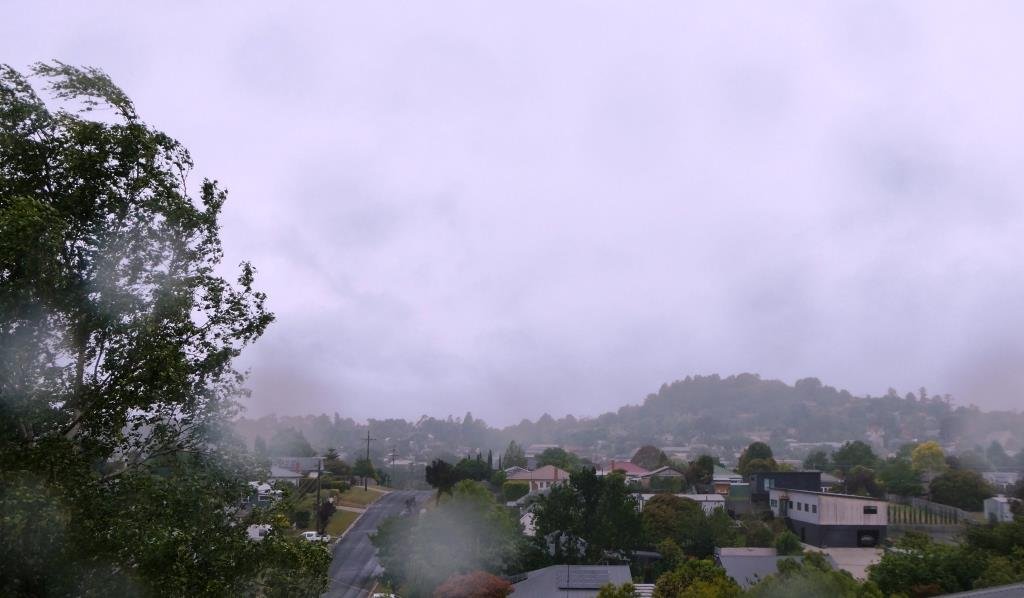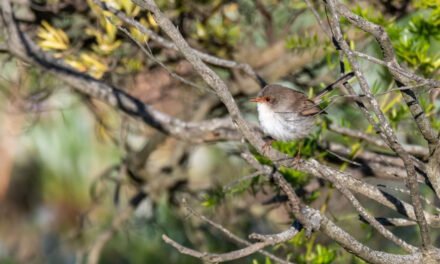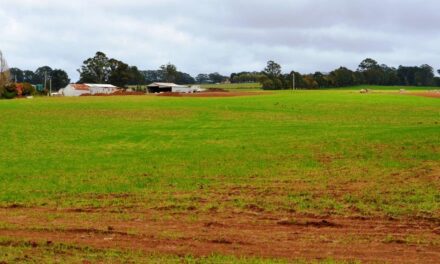Victor Szwed
After several months of forecasts indicating drier and warmer than normal conditions for most of Australia, there has been a shift in weather patterns. The Bureau of Meteorology (BOM) advises that the El Nino ocean warmth is past its peak as sea surface temperatures in the central tropical Pacific are now declining. Day and night temperatures are still expected to be warmer than average for much of Australia, but not as much in south-eastern areas.
Here in Victoria, we have had well above-average rainfall for December and January. The February to April period is expected to be closer to average for much of south-eastern Australia while drier than normal conditions are expected in northern and western regions of the continent, extending into far western Victoria and New South Wales. You can find more information on the BOM web site under their Long Range Weather and Climate section.
In Daylesford, my system has recorded around 100mm of rainfall for January compared to the long-term average of 46.1mm. The Bureau’s Daylesford recordings for January are way lower which might be an issue with recording or it may reinforce how varied the rainfall has been with much of it through thunderstorms that often have been localised in impact. For December the BOM recorded 98.2mm, almost double the average of 50.4mm.
There have been several tropical type systems move across Victoria with heavy dumps of rain such as we had just before Christmas day when we had 67mm of rain with lots of thunderstorms. Unusually warm ocean conditions to the east of Australia had been delivering more moisture into the atmosphere which contributed to the higher rainfall in the south-east of the continent.
Day time temperatures have been cooler than normal for summer so far, not only for our region but also Melbourne. There have been very few hot beach days for people on holiday.
For 2023, Daylesford had around 812mm of rain comparing well to the long-term mean of 877mm.
Water reservoirs continue to be at much higher levels than typical for mid-summer. Melbourne’s reservoirs started slowly falling earlier in December from over 96% full to below 95% and then rose again with the heavy rains in the main catchments in Gippsland. They are still over 95% full.
With the weakening of El Nino conditions we are expected to head into fairly “neutral” conditions for some time. However, according to a report in The Age on the 30th of January, some international models are suggesting that there could be La Nina conditions developing again from June. If so, this would be a most rare occurrence. It is too early to be confident that La Nina conditions are developing or how strong or weak they will be.
Victor Szwed is a local resident who writes a regular weather update for The Wombat Post.





